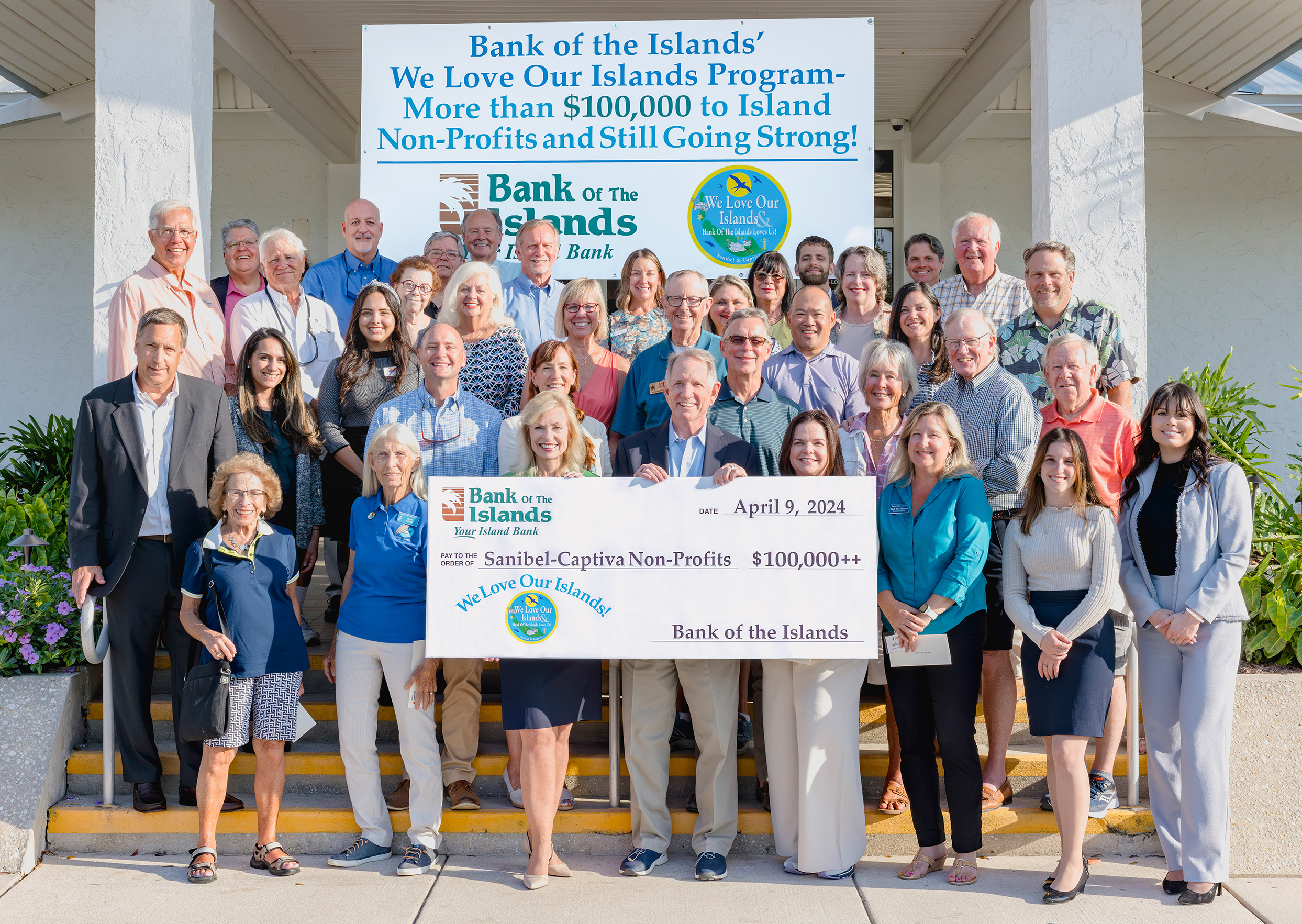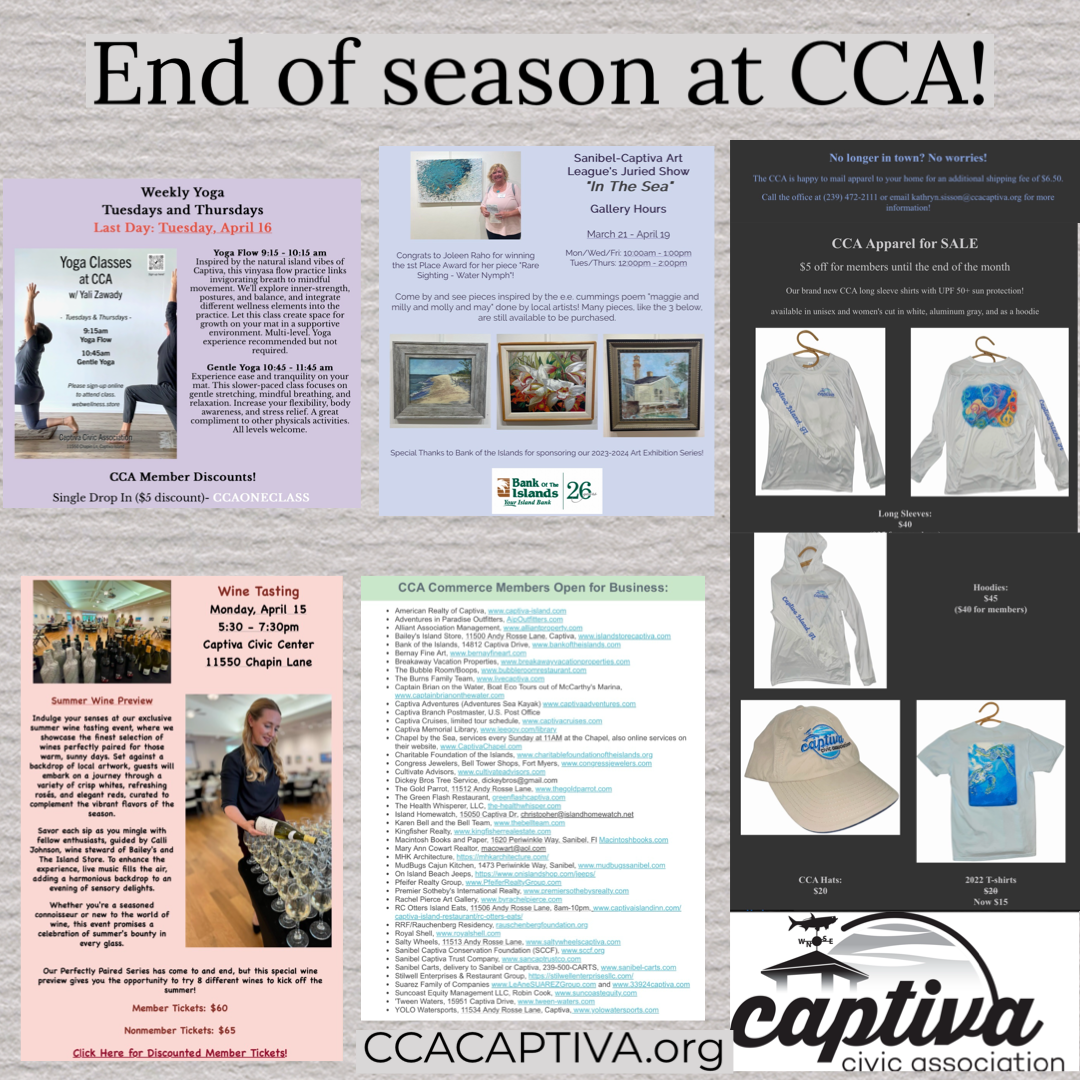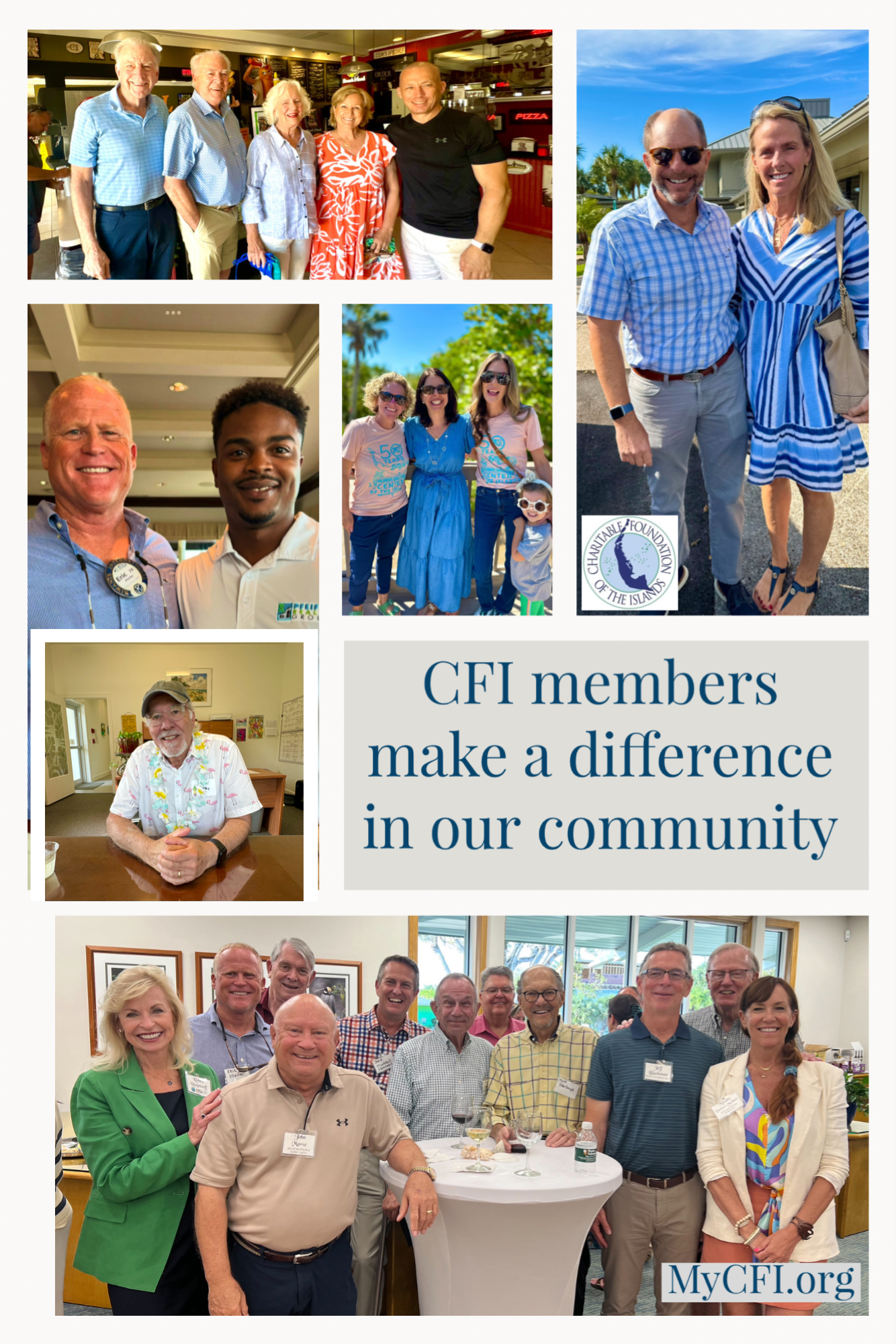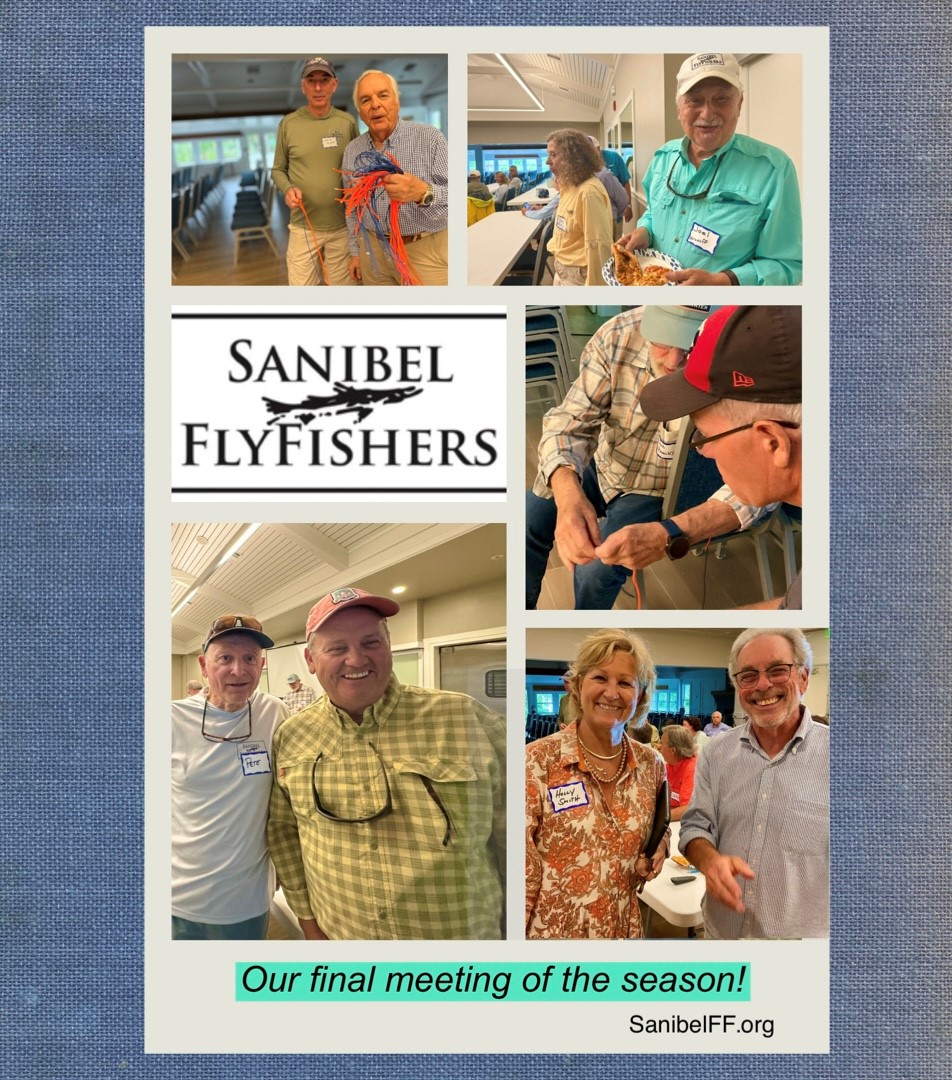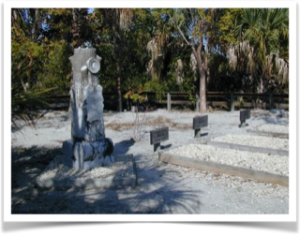 This year’s holiday exhibit at the Sanibel Historical Museum & Village will focus on the history of each of its nine historical buildings. The exhibit, ““Trees, Timelines, and Special Memories” opens December 3 and runs through January 9.
This year’s holiday exhibit at the Sanibel Historical Museum & Village will focus on the history of each of its nine historical buildings. The exhibit, ““Trees, Timelines, and Special Memories” opens December 3 and runs through January 9.
After much research, village volunteers found each building to have an interesting history all its own. A timeline will be exhibited in each building telling the tale of that building’s life through the years. Holiday trees and exhibits will reflect the items found on the timelines.
In keeping with the theme of the Historical Village’s holiday displays, visitors can learn some interesting information about the Sanibel “pioneer cemetery.” Located along the bike path off Casa Ybel Road adjacent to Gulfside City Park, the land was donated by the Rev. George Barnes’ family near the turn of the 20th century as a public burial ground, although it was never dedicated as a cemetery. It contains at least 31 graves, many unmarked, on a north and south ridge.
Rutland House in the Historical Village was the home of island pioneer “Uncle” Clarence Rutland from 1928-1982 and is a favorite with visitors to the Village. Clarence’s brother, (Isaac) Newton Rutland, who died in 1915 at the age of 23, is buried in the little pioneer cemetery.
Islanders and visitors alike often pause thoughtfully as they pass and wonder about his large grave marker in the cemetery. “After some historical sleuthing, Village volunteers learned about Newton’s untimely death, along with new information about some of the other adults and children buried there,” said Executive Director Emilie Alfino. Volunteer Ginny Darby led the effort to uncover the facts.
As part of the “Trees, Timelines, and Special Memories” holiday celebration, there will be historical signage as well as a lighted bare-branch tree in memory of the founding settlers buried in the pioneer cemetery. “Visitors will learn more about the lives and deaths of our pioneers as the Village honors the memory of their hard work and spirit in settling Sanibel,” Alfino said.
The Sanibel Historical Museum and Village is open Tuesdays through Saturdays from 10 a.m. to 4 p.m. In accordance with the city of Sanibel’s regulations, masks are required inside the buildings. Full guided tours are available only if reserved in advance for groups of no more than six, depending on docent availability. This precautionary measure is due to COVID-19. “We hope to be able to resume our regular tours, at 10:30 and 1:30, as soon as possible and within safety guidelines,” Alfino said.
The Sanibel Historical Village is located at 950 Dunlop Road (next to BIG ARTS) and there is handicap access. Admission is $10 for adults over 18. Members and children are free. The village has handicap access to all but one building, the tiny Post Office. For more information, call (239) 472-4648 during museum hours or visit www.sanibelmuseum.org.

